- Home
- Build A Fire
- How to Start a Fire
How To Start A Fire
This post may contain affiliate links so I earn a commission.
Learning how to start a fire in your fireplace or wood stove is not difficult.
Anyone can do it and you don't have to be an expert to enjoy a hot, relaxing fire in your living room.
Although a fireplace isn't a very efficient method of heating your home, there's just something about fire inside a fireplace that makes even the coldest winter nights seem cozy.
However, if you want to enjoy your fire instead of spending all night feeding it with newspaper to get it to light, there's a few tricks that will make the process a whole lot easier!
Plus, since you're building a fire inside your home it's important to do it safely.
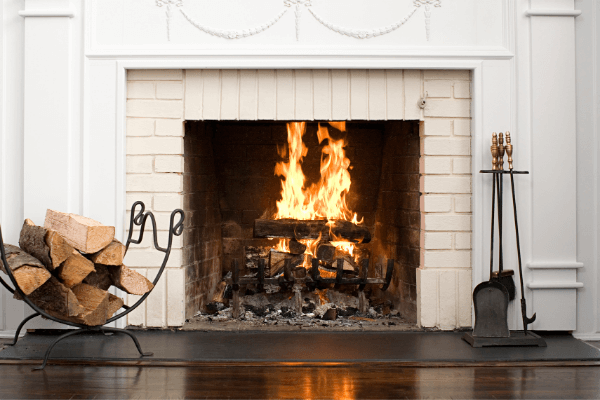
Chimney fires are responsible for countless house fires each year.
Failing to inspect your chimney, creosote build up and burning wet firewood can all lead to disaster.
Take some time before your first fire to clean and inspect your chimney components.
Don't feel confident doing it yourself?
Hire a professional......it's money well spent.
How To Start A Fire - Preparation
Before you start your first fire of the season, have your chimney swept.
You can do this yourself or simply hire a professional.
Having your chimney swept will accomplish 2 things.
It will clear out dangerous creosote and it will ensure there are no blockages inside your chimney.
Animal nests, branches, leaves and other material can enter your chimney causing a potential blockage.
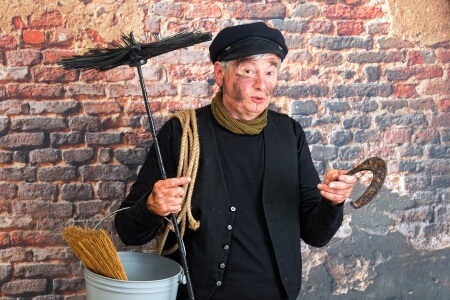
Assuming your chimney is clean, the next step is to open the damper.
The damper is a mechanism on the flue that opens and closes (usually by pushing or pulling a small lever) allowing you to prevent air from escaping up the flue when your fireplace is not being used.
This helps prevent heat loss.
If you try to light a fire with a closed damper your room will fill up with smoke.
Just ask anyone who has a fireplace.....chances are they've made this very same mistake.
Once the damper is open check the air flow to make sure air is going up the chimney, not down.
When your damper is closed, the chimney flue will sometimes fill up with cold air (especially if the chimney is constructed outside the house).
This cold air will occasionally sink after you open the damper creating a downdraft.
To check for air flow, light a match inside your fireplace to check if the air is flowing up your chimney or down.
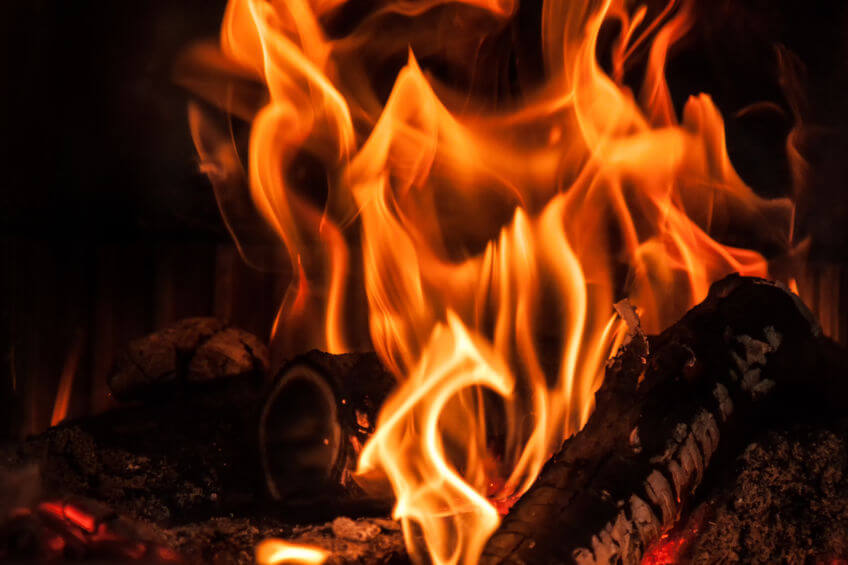
If you're experiencing a downdraft opening the damper for about 15-20 minutes before lighting a fire will usually warm up the flue enough to create the proper draft.
If this doesn't work you can light a roll of newspaper and hold it up inside the fireplace near the flue.
This will warm up the flue enough to change the draft.
How To Start A Fire - The Easiest Methods
Make sure all the ashes are cleaned out from under the fireplace grate.
A lot of people like to leave a small amount of ashes to insulate the fireplace and in theory create a hotter fire, but I think removing all ashes from under the fireplace grate allows the air to flow around the fire better making it a lot easier to light.
For the next step you have a couple of options.
You can choose to light the fire with crumpled up newspaper or you can use a commercial or homemade fire starter.
For this scenario we'll talk about lighting a fire with newspaper.
Before you begin only burn dry seasoned firewood inside your fireplace.
Wet firewood does not burn very well.
It smokes, sizzles and increases the chances or creosote forming inside your chimney.
Two methods that work really well when building a fire in a fireplace, wood stove, or campfire are the log cabin fire and the top down fire, also referred to as an upside down fire.
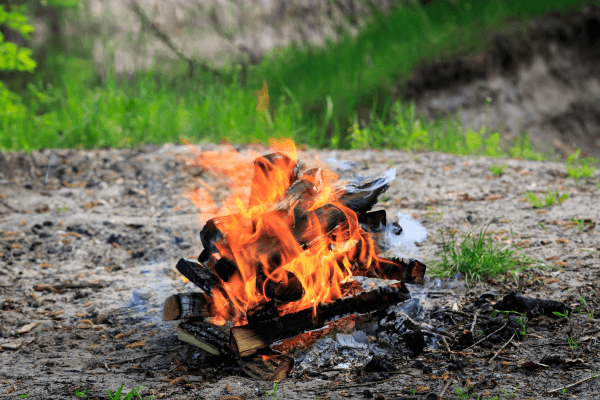 Log Cabin Fire
Log Cabin FireThe log cabin fire is constructed by criss-crossing the wood in opposite directions of each other.
Layer each row with about 3-5 pieces of wood (depending on the size of the wood and fireplace) and stack about 3-5 rows tall.
I find myself building this style of fire more than anything else.
It's really fast and easy to create and it starts quickly eliminating the smoldering gases that create creosote.
To light the fire just add some crumpled newspaper below the grate and light the newspaper.
To start the fire even faster, add a small row of cedar kindling on top of the fireplace grate before stacking the firewood.
It works really well!
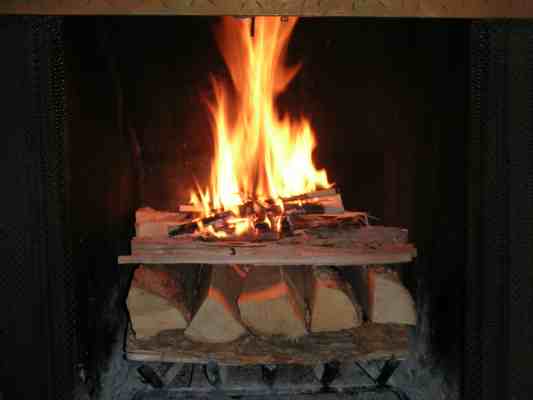 Top Down Fire
Top Down FireLearning how to start a fire using the top down method is also very effective.
The upside down fire is lit from the top and as it burns it slowly ignites the wood below it.
To build one, layer the largest wood on the bottom row and criss-cross the rows with smaller diameter wood as you go up.
The kindling is placed on top.
Since the kindling quickly catches fire, it eliminates the slow starting, smoking fires that potentially create creosote.
Overall - How To Start A Fire
Learning how to start a fire in your fireplace or wood stove can be a fun experience.
However, before you just throw a match under a piece of firewood, take a few minutes to prepare the fireplace and construct the fire properly.
This will insure the fire is safe and enjoyable.

About the Author
Obsessed with firewood, Nick is behind over 350+ of Firewood For Life's articles, as well as countless reviews, guides and YouTube videos to help readers like you reduce heating costs and create the perfect fire.


